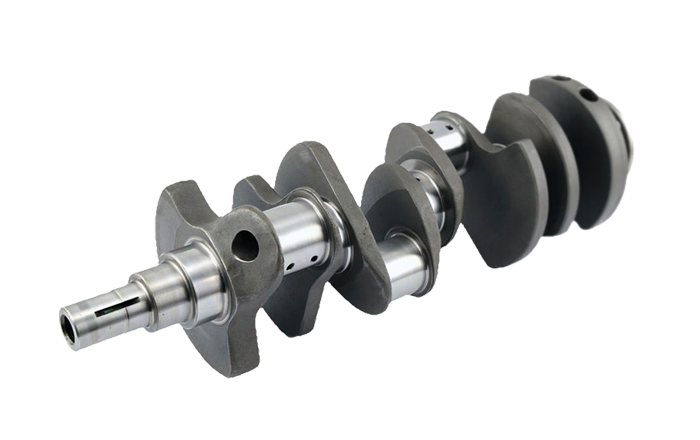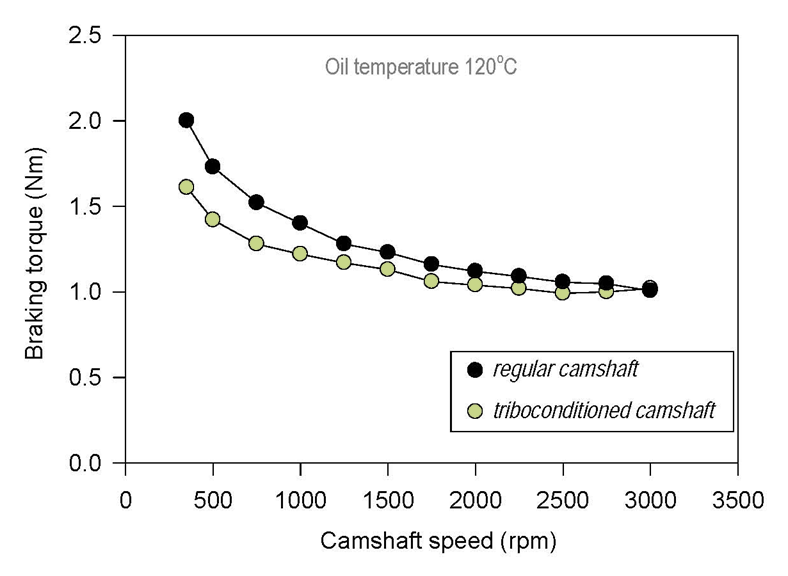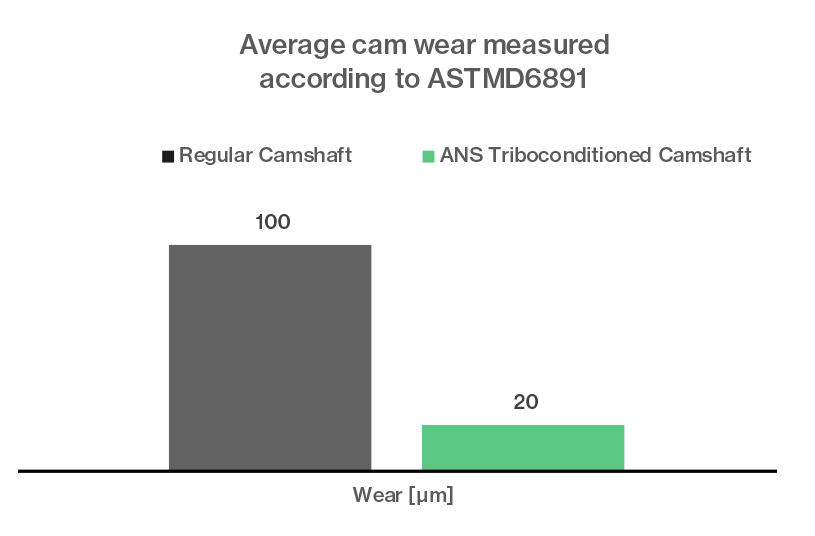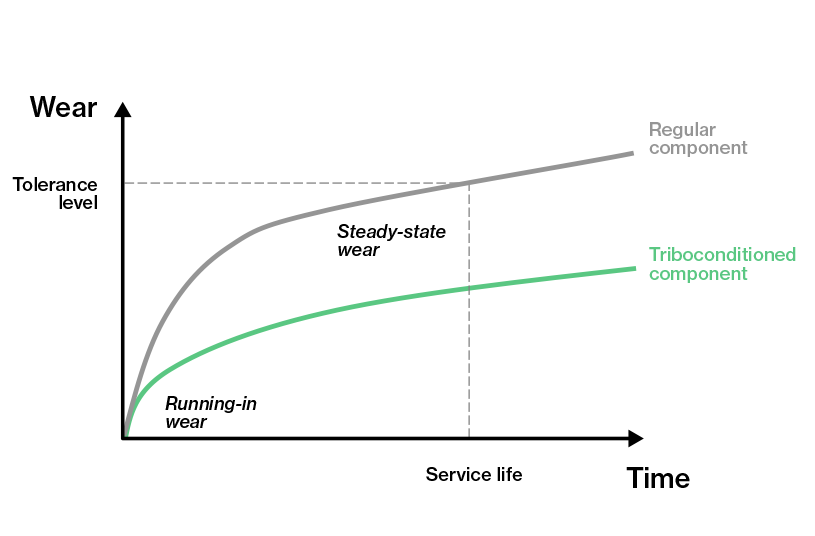Triboconditioning RS®
Application area - Tribonconditioning RS®
Triboconditioning® is a mechanochemical surface treatment method patented by ANS. The treatment can be implemented as a superfinishing operation and carried out using standard machines, e.g. for honing, turning, or milling. The result is a smoother surface covered with a low friction tribofilm that reduces friction and the wear of the component.

Tribonex offers the Triboconditioning® technology on a license basis to component manufacturers and system builders.
The Triboconditioning® features
Some application examples areas are listed below.
Check below the most popular features
Discover New Way of tribological performance
Lorem ipsum dolor sit amet, consectetur adipiscing elit, sed do eiusmod tempor incididunt ut labore et dolore aliqua.
A patented surface treatment method
Lorem ipsum dolor sit amet, consectetur adipiscing elit, sed do eiusmod tempor incididunt ut labore et dolore aliqua.
Crankshafts
Modern highly loaded engines, particularly long life diesel engines, require main and connecting-rod bearings that combine fatigue and wear resistance with ability to combat dirt and slight misalignment. With the extended oil drain intervals, corrosion resistance is also ever important.
When the tribology of connecting rod bearing and cranckshaft main bearing systems in an internal combustion engine is concerned, it should be remembered that the said systems are supposed to operate in the full film lubrication regime over their lifetime. In this regime, friction modifiers have no effect on the system tribology. Moreover, deployment of certain friction modifiers, such as molybdenum phosphothioates or thiocarbamates, in engine oils has been indicated as a potential cause of copper/lead/tin bearing corrosion in diesel engines.
If the engine bearings or crankshaft journals become worn, oil pressure will drop and the engine may start to burn oil. Under normal conditions, bearing wear occurs immediately after a cold start, before the normal oil pressure builds up. The main journals and the connecting rod journals of crankshafts are hardened so that excessive wear of the shaft itself is rather uncommon.
Triboconditioning® of crankshafts (main journals and the connecting rod journals) improves lubricant film strength and system resilience to crankshaft misalignment and oil contamination.
Due to incompatibility of WS2 with copper-containing alloys used in engine bearings, triboconditioning of crankshafts requires use of sulfur-free process fluids, resulting in a different tribofilm chemistry.
Camshafts
The camshaft plays a vital role in internal combustion engine. Synchronized with the crank shaft, it sets the valve timing for optimal engine performance.
With the continuing trend toward increasing fuel injection pressures, Hertzian stresses on the valvetrain has grown to the point that cam lobe contact fatigue has become a critical issue for engine durability, especially for fleets with frequent engine starts and shutdowns. Contact fatigue affects both the injector lobes and the exhaust and inlet lobes. A high pressure contact situation also contributes to valvetrain friction, another important issue impairing fuel economy.
Triboconditioning® is a potent tool for enhancing the tribological properties of camshafts, especially well suit for mechanical bucket tappet valve trains. Depending on engine design, Triboconditioning can be performed in two different area of the camshaft: on the bearing surfaces and on the cams.
Triboconditioned® camshafts much better endure high load situations, when the cam pushes a valve with a force of nearly 20 kN, resulting in Hertzian contact pressure in the range of 3.5 – 4.0 GPa, and allow one to reduce valvetrain friction by upto 30%, thus improving fuel economy. The greatest friction-reducing effect is observed at low engine speeds (heavily charged engines), high oil temperatures, and in combination with thinner engine oils of SAE 20 and SAE 30 viscosity grades.

A list of key metrics
Enduring high-pressure contact situations
Treatment of non-rotationally symmetrical geometry
Compatible with super-finishing equipment
Effect of Triboconditioning® on valvetrain friction measured using a motored cylinder head friction rig (after B. Zhmud et al., Application of mechanochemical surface finishing for improving the tribological properties of valve train components, VDI Conference “Ventiltrieb und Zylinderkopf 2012”, November 27-28, 2012, Würzburg, Germany).
Industry implementation - measure
Average cam wear measured according to ASTMD6891
Lorem ipsum dolor sit amet, consectetur adipiscing elit, sed do eiusmod tempor incididunt ut labore et dolore aliqua. Lorem ipsum dolor sit amet, consectetur adipiscing elit, sed do eiusmod tempor incididunt ut labore et dolore aliqua.

TheWear Time
Lorem ipsum dolor sit amet, consectetur adipiscing elit, sed do eiusmod tempor incididunt ut labore et dolore aliqua. Lorem ipsum dolor sit amet, consectetur adipiscing elit, sed do eiusmod tempor incididunt ut labore et dolore aliqua.
